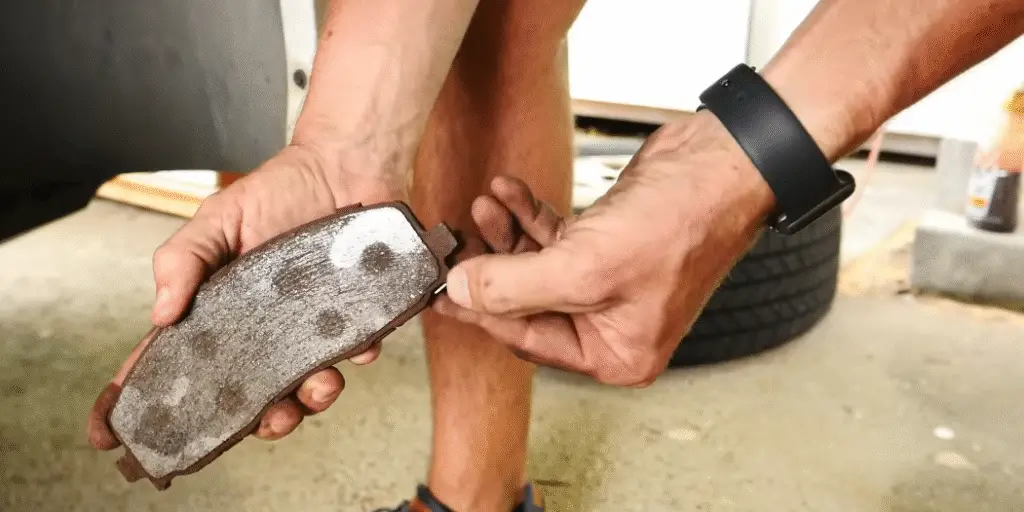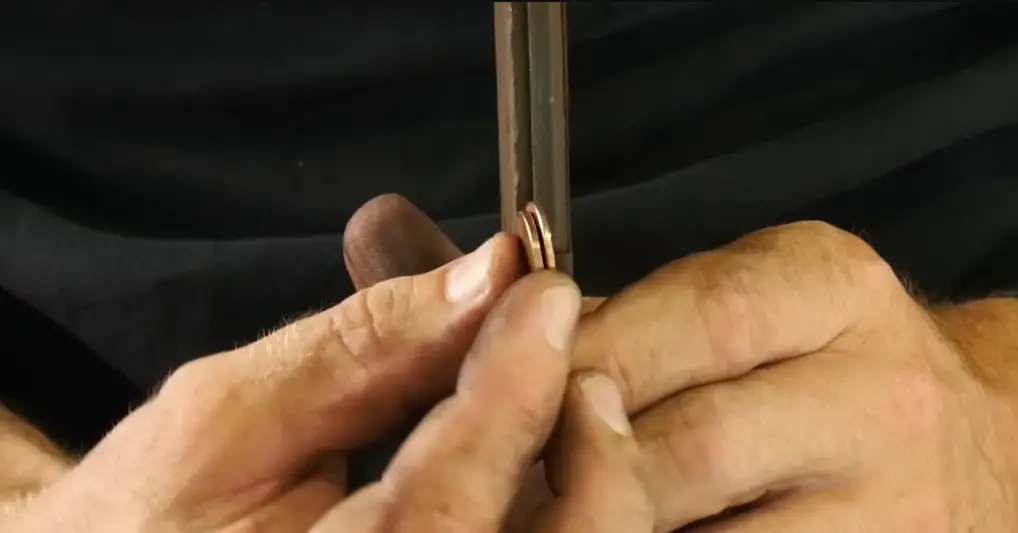How do you check brake pads? Start by using a flashlight to inspect the brake pads through the wheel spokes or by removing the wheel for a closer look. Check the pad thickness—if it’s less than 3mm, it’s time for a replacement.
A vehicle’s braking system is important for safety, and the brake pads play a vital role in ensuring effective stopping power. Regularly checking the brake pads can prevent accidents and save you from costly repairs. This guide provides an in-depth look at how to inspect your brake pads, whether you’re a seasoned mechanic or a car owner looking to maintain your vehicle.

Contents
Why Regular Brake Pad Inspections Are Essential
Brake pads are designed to wear down over time due to the friction involved in stopping the vehicle. Neglecting to check them can lead to reduced braking efficiency, longer stopping distances, and even complete brake failure. Regular inspections help identify wear early, ensuring your safety and that of others on the road.
How Do You Check Brake Pads
Before starting, gather the following tools:
- Flashlight
- Brake pad thickness gauge or ruler
- Jack and jack stands
- Lug wrench
- Gloves and safety glasses
Step-by-Step Guide to Checking Brake Pads
Follow the guide below to do the job successfully –
1. Park Safely and Secure the Vehicle
Ensure your car is on a flat surface. Engage the parking brake and place wheel chocks behind the wheels to prevent movement.
2. Loosen the Lug Nuts
Before lifting the car, slightly loosen the lug nuts on the wheel you plan to inspect. This step makes it easier to remove the wheel once the car is lifted.
3. Lift the Vehicle
Use a jack to raise the car and secure it with jack stands. Never rely solely on the jack for support.
4. Remove the Wheel
Fully remove the lug nuts and take off the wheel to access the brake components.
5. Locate the Brake Pads
The brake pads are housed within the brake caliper, which clamps onto the brake rotor. You’ll see the pads on either side of the rotor.
6. Inspect the Brake Pad Thickness
Use a brake pad thickness gauge or a ruler to measure the remaining pad material. Most manufacturers recommend replacing brake pads when the thickness is 3mm (about 1/8 inch) or less.
7. Check for Uneven Wear
Inspect both pads on the caliper for uneven wear, which could indicate issues with the caliper or suspension components.
8. Listen for Warning Signs
Some brake pads have built-in wear indicators that emit a squealing noise when the pads are worn. If you hear grinding, it may mean the pads are completely worn, and the metal backing is contacting the rotor.
9. Reassemble the Wheel
Once the inspection is complete, reattach the wheel, tighten the lug nuts by hand, lower the vehicle, and then fully tighten the lug nuts in a star pattern.

Checking Brake Pads Without Removing the Wheel
In some cases, you can inspect brake pads without removing the wheel:
- Use a flashlight to look through the wheel spokes and locate the brake caliper.
- Identify the brake pad and estimate its thickness.
- If the pad appears thin (less than 3mm), it’s time for a replacement.
This method is less accurate but can provide a quick assessment.
Signs That the Brake Pads Need Replacement
- Squealing or screeching noises when braking
- Grinding sounds indicating metal-on-metal contact
- Increased stopping distances
- Brake pedal feels soft or spongy
- Vehicle pulls to one side when braking
Frequently Asked Questions
Here are some FAQs about checking brake pads –
1. How often should I check my brake pads?
It’s recommended to inspect your brake pads every 10,000 miles or during regular vehicle maintenance.
2. Can I drive with worn brake pads?
Driving with worn brake pads is dangerous as it reduces braking efficiency and can damage other components like rotors.
3. How long do brake pads typically last?
Brake pad lifespan varies but generally lasts between 30,000 to 70,000 miles, depending on driving habits and conditions.
4. What causes brake pads to wear unevenly?
Uneven wear can result from caliper issues, misaligned suspension, or improper installation.
5. Is it necessary to replace rotors when changing brake pads?
Not always, but if rotors are worn, warped, or below the minimum thickness, they should be replaced or resurfaced.
Conclusion
Regularly checking the brake pads is an important aspect of vehicle maintenance that ensures safety and optimal performance. By following the steps outlined in this guide, you can confidently assess the condition of your brake pads and take necessary actions to maintain your vehicle’s braking system.